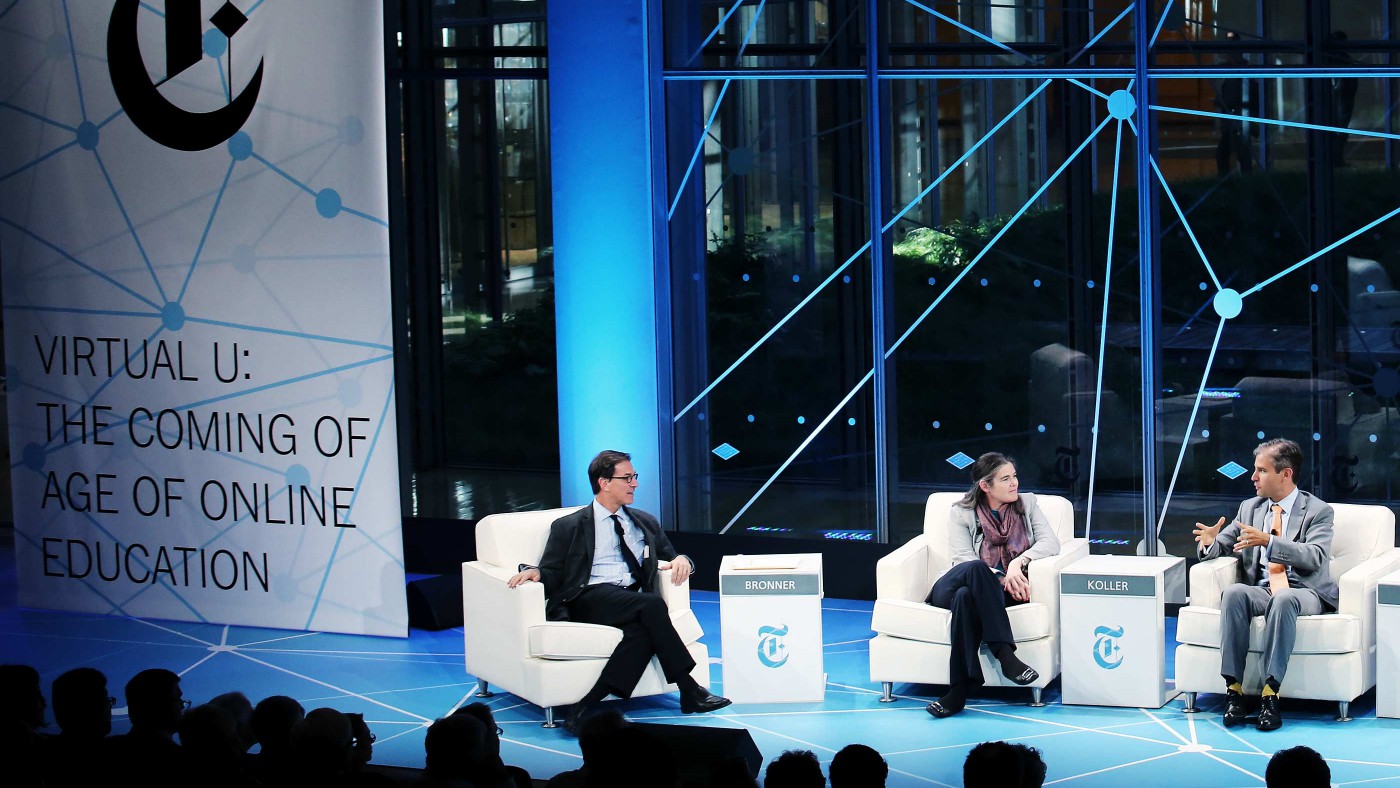The gap between the levels of education received by people in developed countries and those in emerging countries is astounding. Research by the Brookings Institution in 2010 found that the average number of years of education completed in developing countries was 6.5, versus 12 in the developed world. The research concluded that unless the system is dramatically improved, it would take 100 years before developing countries catch up. The main reason for this gap is a lack of infrastructure for education. Rural towns often have no desks or buildings for schools, let alone computers or access to the internet. A gender divide in some regions exacerbates the problem, with boys’ education prioritised over girls’, thereby reducing the average number of years of adult education.
With new technology, this is starting to change. The past decade has seen a huge increase in the availability of online education across different platforms. Khan Academy and Coursera have led the way, tackling the goal of making education easily available to all. Founded in 2006, Khan Academy offers instructional videos and practice exercises in a range of subjects, from maths to art history. It also creates profiles for users to track their progress and earn badges along the way as they complete levels. As a non-profit entity, Khan Academy is dedicated to remaining free for all users. They have partnered with institutions such as Stanford School of Medicine and NASA to provide specialised content on certain topics.
Meanwhile, Coursera collaborates with over 120 top academic organisations from around the world to provide selected courses online. This enables anyone to learn from world-class institutions, for free – if you want to take Moral Foundations of Politics from Yale University in rural India, you now can. Coursera provides the syllabus and information on the professor for each course. For users who want formal recognition of their accomplishments, certain courses offer the option to pay a fee and receive a Verified Certificate from Coursera and the partner institution, but the content itself remains free. In this way, the Coursera and Khan Academy programmes provide the opportunity to learn anything from anywhere with internet access.
However, these courses are not having the universal effect one might hope for. Rather than offering education to those who wouldn’t otherwise have access to it, the Financial Times found that 77% of Coursera users already have a university degree. Of course, this is not entirely without use – online education can help graduates learn the new skills required for career changes, without the need to go back to a traditional school or university. The Bureau of Labor Statistics found that the number of times people change jobs has already risen to an average of 11.3 times for someone in their 50s, and that this number will continue to increase. According to The Wall Street Journal, Coursera has addressed this demand by expanding their platform to provide more career related content. But this isn’t reaching the people who need it most: despite the theoretical availability of free online education, the same FT study found that students in developing countries represent only a small minority of Coursera users.
This is where projects such as School in a Box (SIAB) are stepping in. Developed by the Institute of Art Design and Technology in Dublin, SIAB has created a solution for digital education in places where there is not even electricity. SIAB provides a solar powered ‘school’ that includes an iPad and projector, as well as offering basic training for teachers to learn how to use the technology. Since SIAB is mobile, it can be used in rural areas, even in locations where students have to be taught outside. The company has already provided a School in a Box to teachers in India, Indonesia, Mozambique and Nepal. SIAB allows teachers to create their own content, which can then be shared with other teachers and students, or to use third-party content that is already publicly available.
If our goal is to narrow this enduring education gap between developed and developing countries, we should seek to establish partnerships between initiatives such as SIAB and content providers such as Khan Academy and Coursera. SIAB could ship iPads pre-loaded with content that is relevant for each demographic to ensure that, even in areas without reliable internet, people would have access to high-quality education. Perhaps the internet may yet live up to its unfulfilled potential to truly democratise education. If conventional schooling isn’t up to the job, it’s time for technology to play a bigger role.


